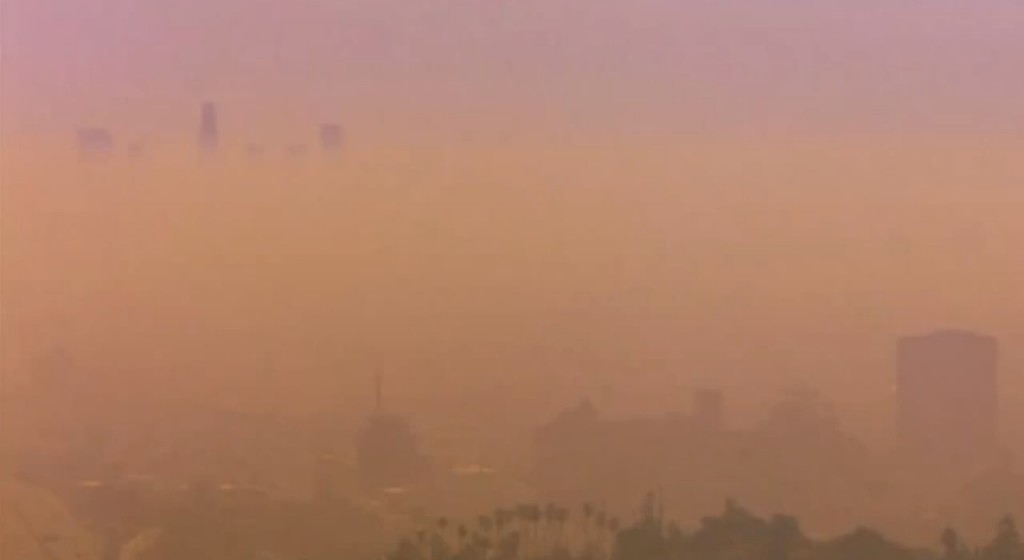Despite some alarmist reporting, President Donald Trump hasn't abolished the EPA's vehicle emission limits.
Nor has he wiped out corporate average fuel-economy rules, set by the NHTSA.
So far, he's done two things: signed an executive order reopening the comment period for 2022-2025 EPA emission limits, and proposed a budget that would slash EPA funds for actual enforcement.
DON'T MISS: What Trump did and didn't say in Detroit on EPA emission rules
Automakers wanted the comment period on the 2022-2025 standards reopened, feeling caught off guard when the agency abruptly finalized those rules more than a year before April 2018 date from the schedule adopted in 2012.
They are not, however, excited that the EPA budget may be slashed.
Carmakers submit certification documents for thousands of new vehicles each year, of which the EPA tests a small number. But without the EPA's okay, those cars can't legally be sold.

Gas pump
So the idea that Trump wants to cut one-third out of the agency's budget, presumably slashing hundreds or thousands of staff, doesn't sit well as carmakers' regulatory departments envision longer delays and lack of response from agencies that must sign off on their vehicles.
So, as Reuters reporter David Shepardson discovered earlier this week, it appears the usual process of resolving problematic political positions has begun.
That would be bargaining.
READ THIS: Trump budget slashes EPA emission testing, hits makers with higher fees
A couple of interesting statements emerged from this week's New York auto-show media days, Shepardson notes.
First, the Alliance of Automobile Manufacturers stated explicitly that it is not seeking a rollback of the EPA's existing emission standards (or, presumably, the linked NHTSA corporate-average fuel economy rules that parallel them).
That means that fuel economy requirements will continue to rise through the 2021 model year—in other words, vehicles that carmakers have already spent hundreds of millions of dollars tooling up for.

1970s Los Angeles smog depicted in the Honda short film
What the lobbying group really wants, according to its president Mitch Bainwol, is "rational, predictable, stable policy."
And over time, he said, his member companies hope that "responsible parties will come together and have an honest conversation about what the data is."
The data he's referring to is the massive change in consumer preferences, from sedan and hatchback passenger cars to light trucks that include surging crossover utility vehicles as well as pickup trucks, since the standards were drafted almost 10 years ago.
CHECK OUT: EPA to reopen 2022-2025 auto-emission rule decision: report
That data is an inconvenient truth for regulators, since physics indicates that taller, heavier vehicles will consume more energy to move a given distance than will smaller, lighter ones.
It's also widely accepted that automakers get higher profits per vehicle from light trucks than they do from passenger cars.
But talk of a "rollback" is simply "fallacious," according to Bainwol, who pledged the industry would "get to the Obama numbers (54.5 mpg)" and even "get beyond the Obama numbers."

EPA gas-mileage label (window sticker), design used starting in model year 2013
"The question," he said, "is when and how" and, more specifically, "the nature of the slope" upwards to the 2025 level, widely reported as a fleet average of 54.5 mpg.
That translates to about 38 mpg on window stickers, due to arcane adjustment factors to align test data with real-world results.
However, an equal concern for Bainwol and his members is what he calls "two sets of standards," meaning the rules that allow California to set its own emission rules and other states to choose between adopting those or the less-stringent national standards.
Automakers in particular don't like California's zero-emission vehicle mandate, requiring them to sell specific numbers of plug-in electric or hydrogen fuel-cell vehicles, especially since those numbers start to climb in 2018.
Which means automakers want to dicker over not only the schedule to get to the 2025 limits—perhaps slower rises to get there in 2030?—but also whether California can continue to set its own standards.
Californians, take note.
_______________________________________













